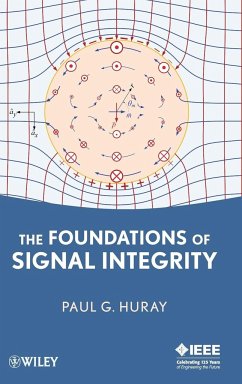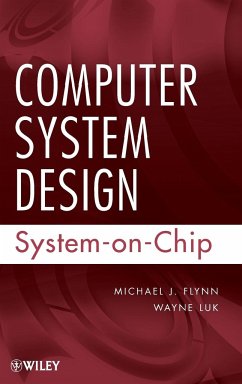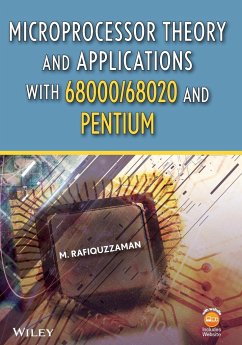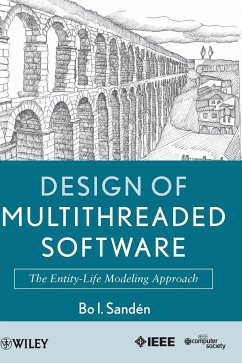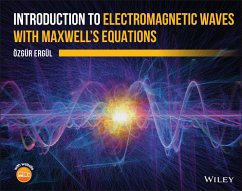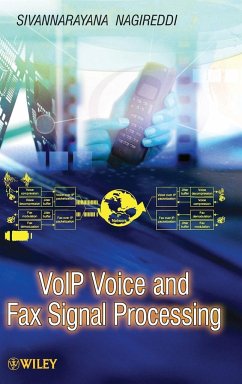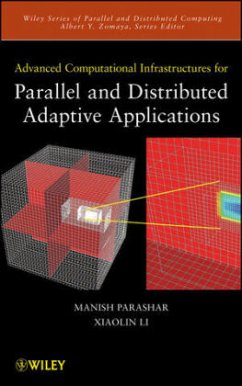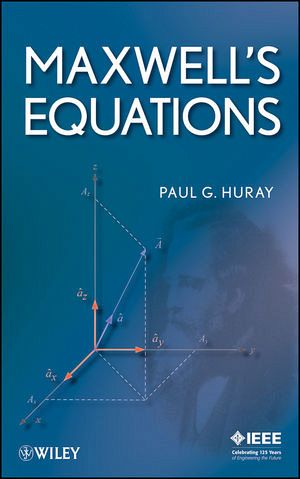
Maxwell's Equations

PAYBACK Punkte
70 °P sammeln!
This book marries the principles of solid state physics with the mathematics of time retarded solutions to Maxwell's equations. It includes the quantum mechanical nature of magnetism in thermal equilibrium with materials to explain how electromagnetic waves propagate in solid materials and across boundaries between dielectrics and insulators. The text uses electromagnetic scattering analysis to show how electromagnetic fields induce electric and magnetic multipoles in "good" conductors and how that process leads to delay, attenuation, and dispersion of signals in transmission lines. The text e...
This book marries the principles of solid state physics with the mathematics of time retarded solutions to Maxwell's equations. It includes the quantum mechanical nature of magnetism in thermal equilibrium with materials to explain how electromagnetic waves propagate in solid materials and across boundaries between dielectrics and insulators. The text uses electromagnetic scattering analysis to show how electromagnetic fields induce electric and magnetic multipoles in "good" conductors and how that process leads to delay, attenuation, and dispersion of signals in transmission lines. The text explains the basis for boundary conditions used with the vector forms of Maxwell's equations to describe analytic problems that can be solved by the 1st and 2nd Born approximation for real-world applications.



